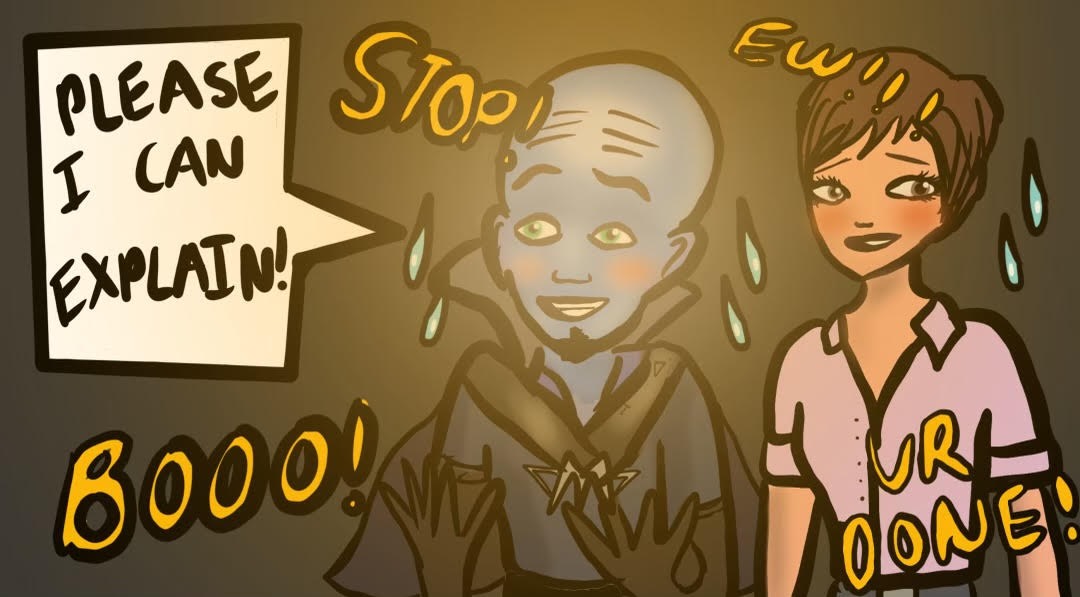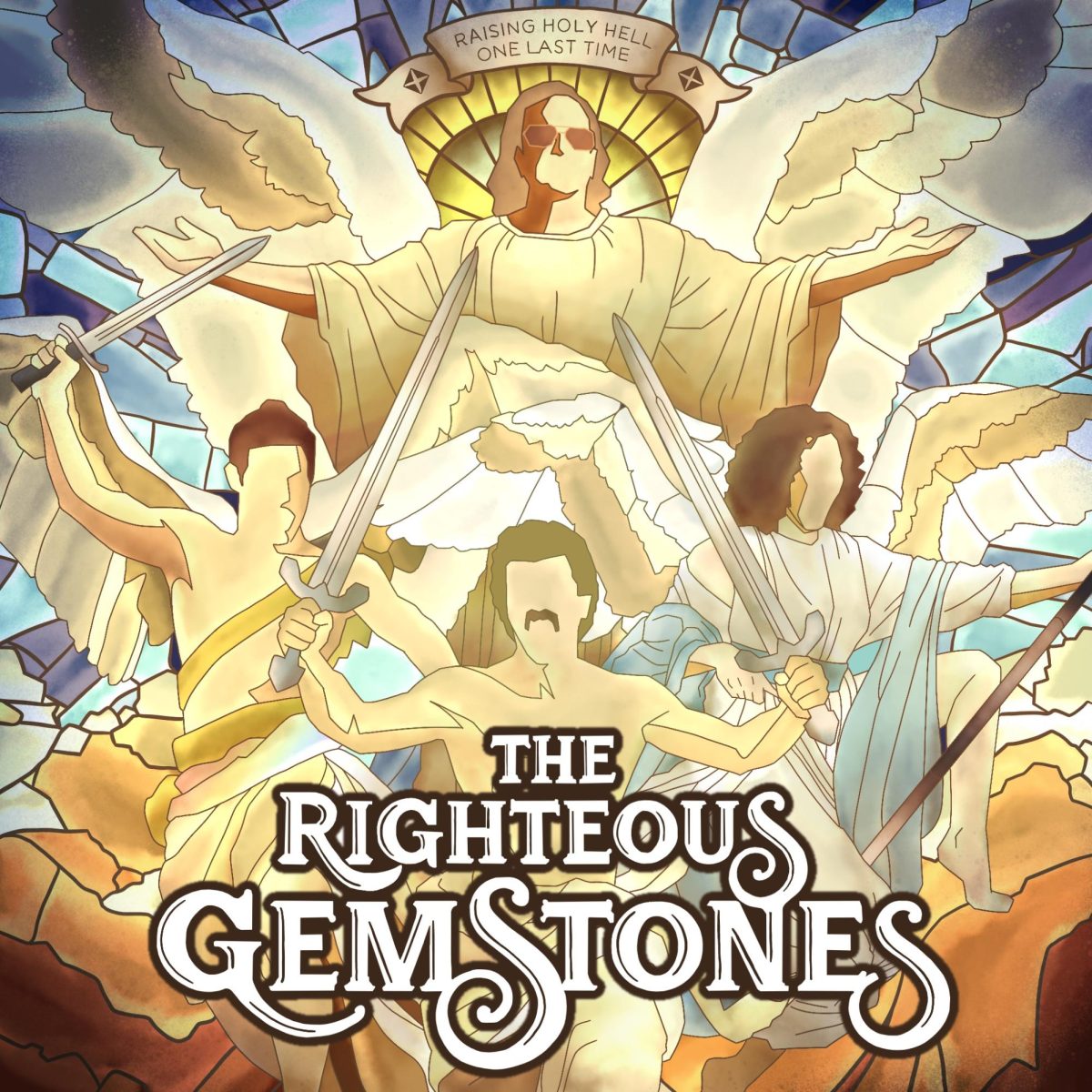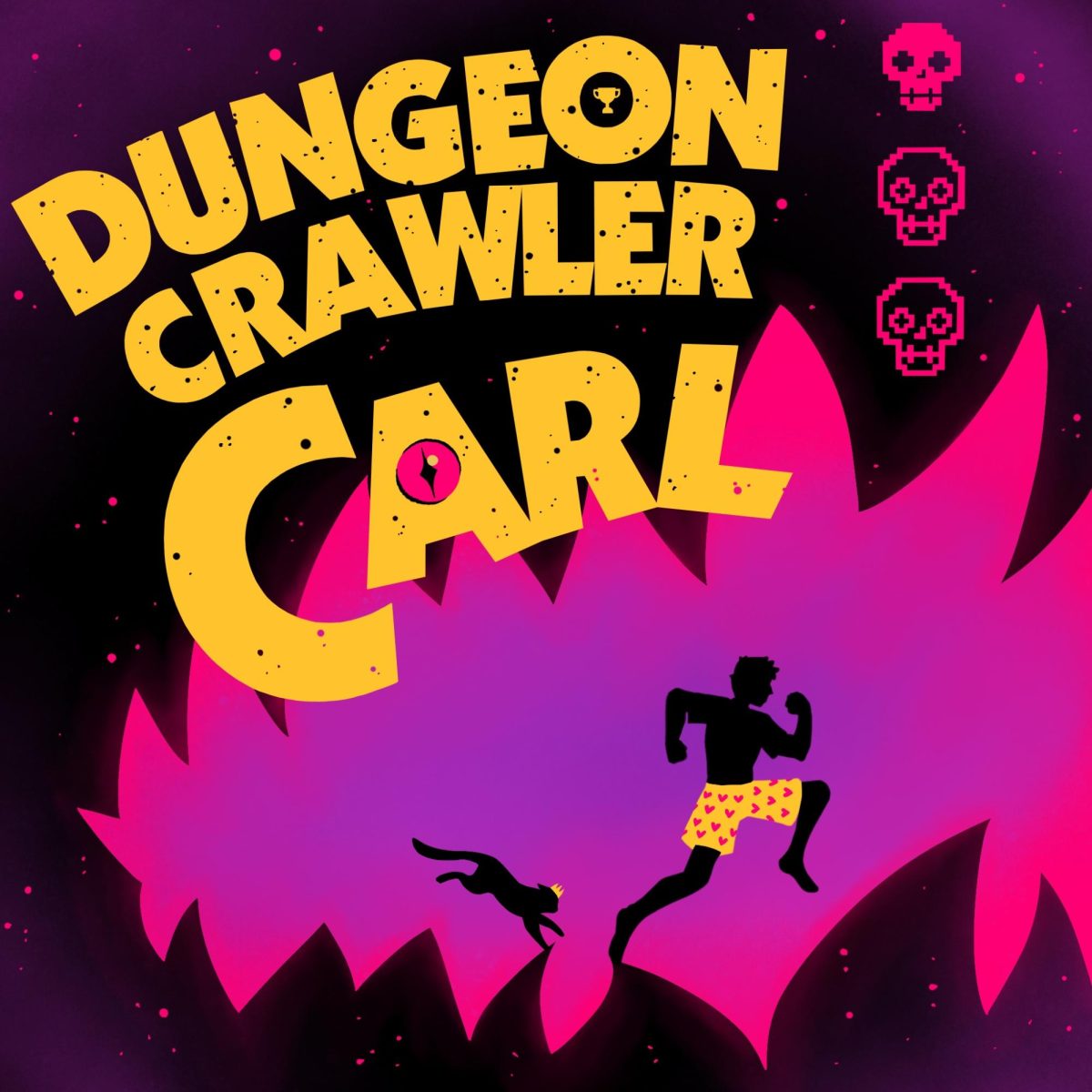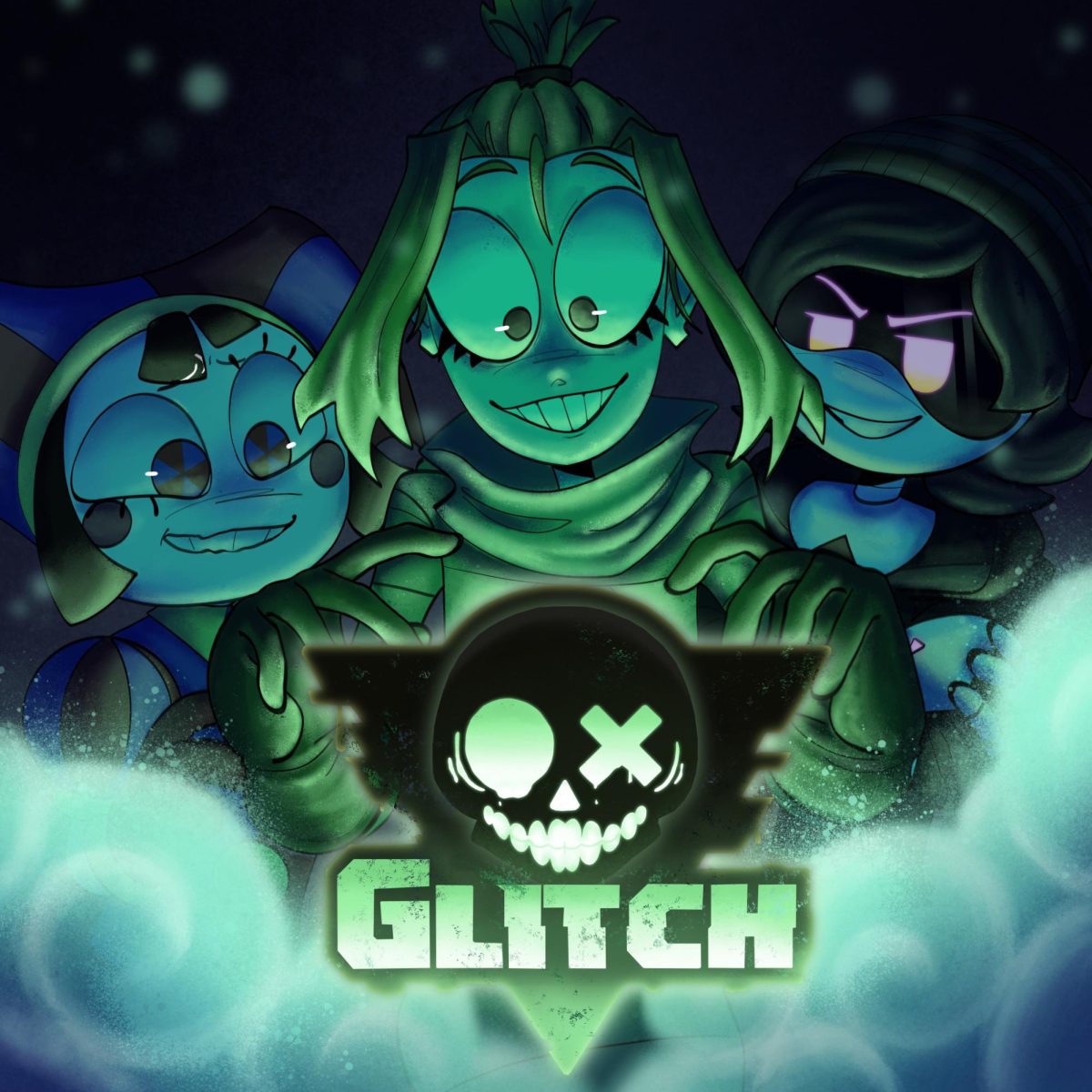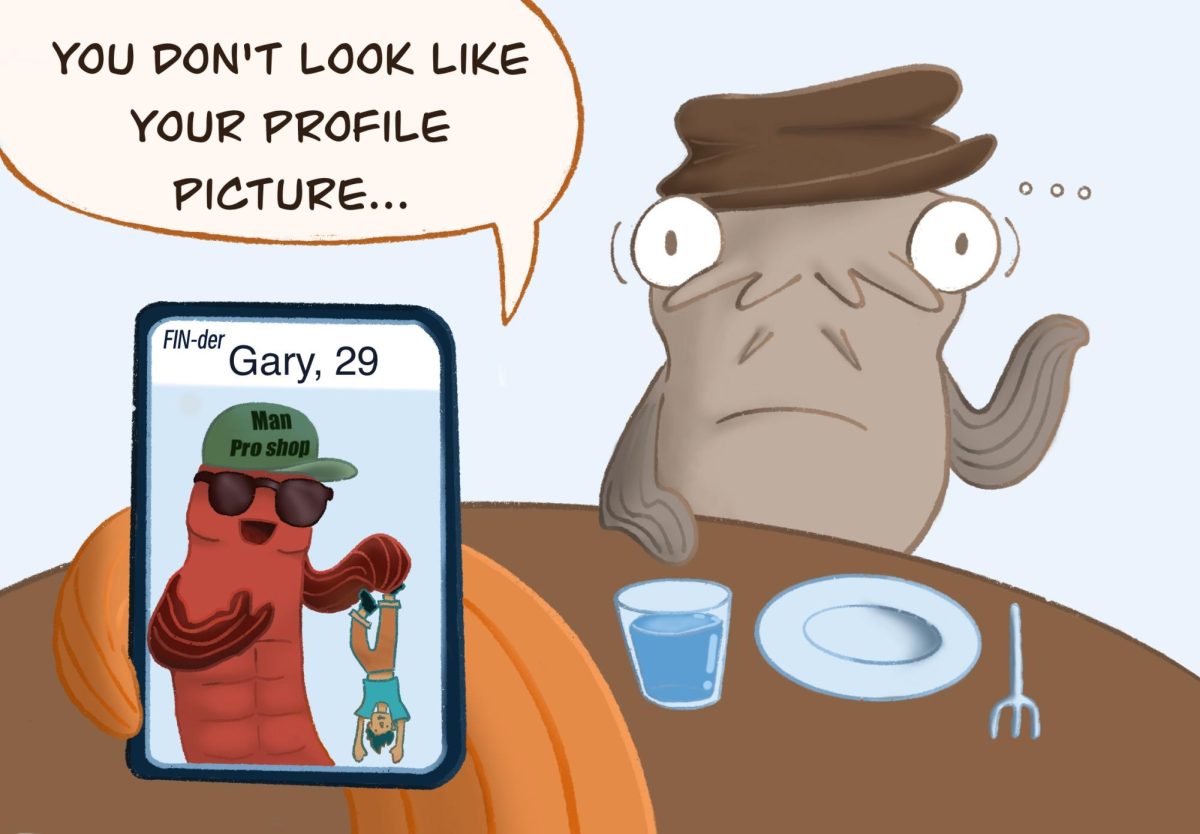Rarely does a movie leave me pacing around every few minutes from sheer dread and boredom alone, but Eric Fogel’s 2024 film “Megamind vs. the Doom Syndicate” surely earns that honor. To say that this straight-to-streaming sequel does anything but a disservice to Megamind — the evil-turned-good blue genius I have come to appreciate over the years — goes up as the understatement of the century.
Tom McGrath’s 2010 “Megamind” is, simply put, iconic. This Dreamworks Animation movie covers a variety of nuanced topics: anything from misogynistic “nice guys” to morality and even the concept of destiny itself. A meaningful message of self-growth combined with a killer soundtrack, humor and star-studded cast truly solidifies the original as an absolute gem.
However, “Megamind vs. the Doom Syndicate” takes all these aspects that make the original memorable and rather opts to defenestrate them altogether.
“Megamind vs. the Doom Syndicate” and its paired show “Megamind Rules!” takes place after the events of the source material; Megamind saved Metro City from Titan, but now the Doom Syndicate — a group of villains with former connections to him — poses a new threat. In order to save everyone, Megamind must strengthen his relationships with reporter Roxanne Ritchi, sidekick Minion (changed to Chum in this film) and young social media influencer Keiko Morita.
Let me tell you: these characters have no complexity whatsoever. Keiko is intended to be likable and witty, but she instead serves as an annoying stereotype of younger generations. Additionally, Megamind was evil just for the sake of it in the original movie; he was brought up believing he should be evil, so that is what he was despite eventually discovering his desire for more. The true villain of the original, Titan, also felt entitled to Roxanne and thought gaining powers would win her affection. In “Megamind vs. the Doom Syndicate,” though, the group of villains contain no discernable motives. Why are they evil? Who knows! I sure do not, and we never actually find out.
Furthermore, I am left asking, “since when was Megamind in a group of villains in the first place?” We see a huge amount of Megamind’s life in the opening of the original. After falling to Earth, Megamind lands in a prison and grows up there, never quite fitting in with anyone: not his peers and definitely not Metro Man. As an adult, he and Minion get into constant shenanigans with Metro Man. It makes absolutely no sense that he has some sudden backstory concerning an allyship with the Doom Syndicate or anyone else except Minion for that matter. A sequel needs to honor the original story, and “Megamind vs. the Doom Syndicate” fails, contradicting the previously established backstory set in place.
It is hard to skim past the poor quality of the movie itself, too, especially when compared to McGrath’s “Megamind;” the animation appears almost like a simple video game in terms of the background design quality. The characters also look slightly off from their original selves, almost like putty. By combining new voice actors along with characters who are not quite modeled as they should, I had to put in effort to not see them as completely different people. Putting more time into adding detail could have made watching far easier on the eyes.
Also, where is the incredible music selection? While McGrath’s “Megamind” features a lengthy list of phenomenal songs such as “Back in Black” and “Highway to Hell” by AC/DC, “Crazy Train” by Ozzy Osbourne, “Welcome to the Jungle” by Guns N’ Roses and “Bad” by Michael Jackson, the new movie noticeably lacked in this department. The original harnesses the energy of these songs to uplift the mood of the audience during fun moments. Rock music specifically is a staple in the movie not just for its vigor, but additionally since people associate rock music with Megamind’s black costume and spikes. The stark absence of music sucked the fun straight from my viewing experience.
In the source material, Megamind himself urged the importance of “presentation” for a super villain, and it seems the hint wasn’t taken at all by Dreamworks; “Megamind vs. the Doom Syndicate” completely missed the mark. I honestly cannot say I walked away with any deeper message, and the fact that the film contained an obvious deficiency in creativity and style brought everything down. How could such a travesty be the sequel to a beloved film? Megamind is supposed to be diabolically enjoyable, but this just ended up as a diabolical waste of time.


